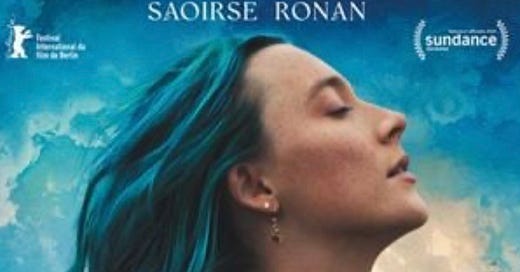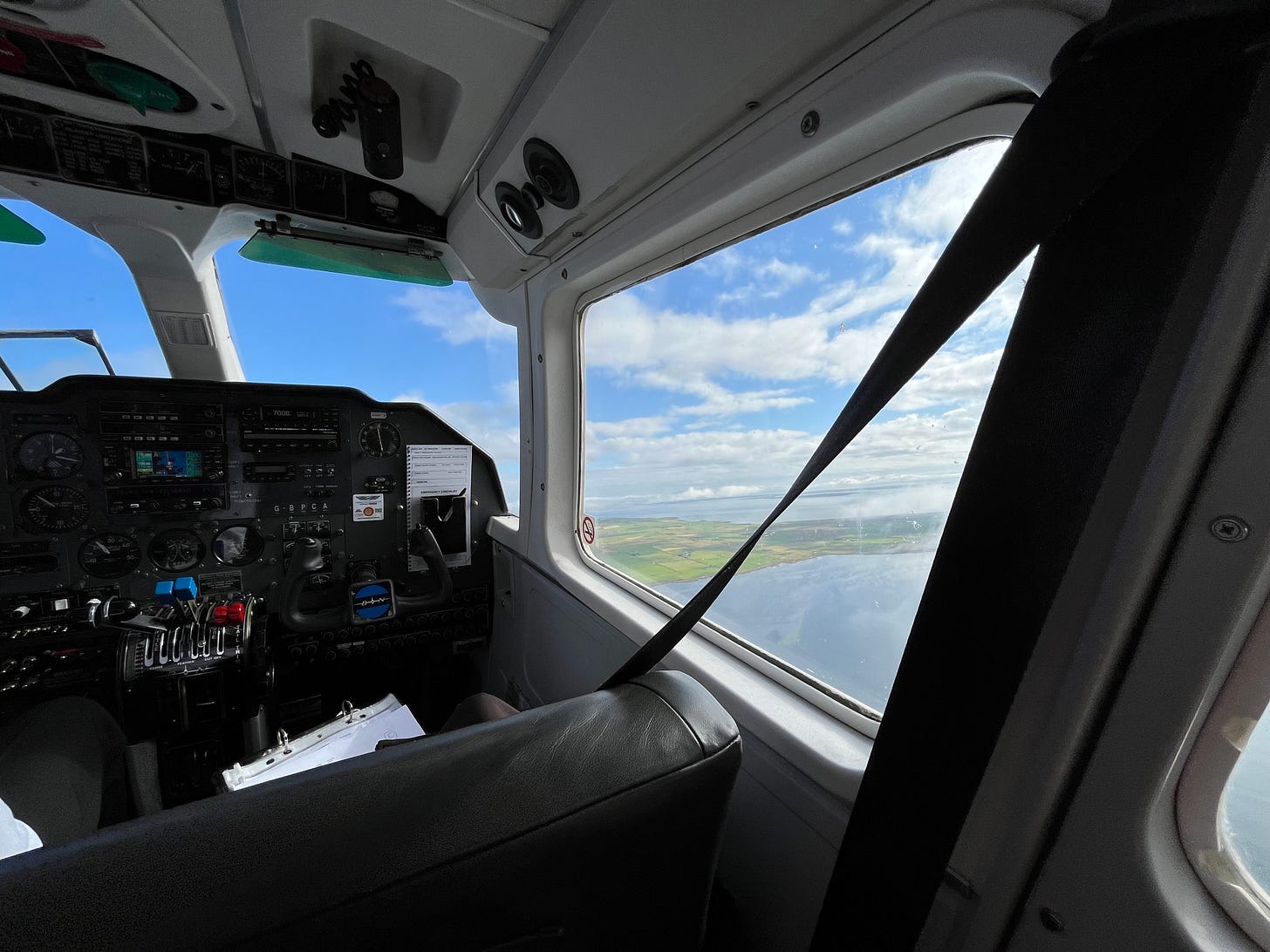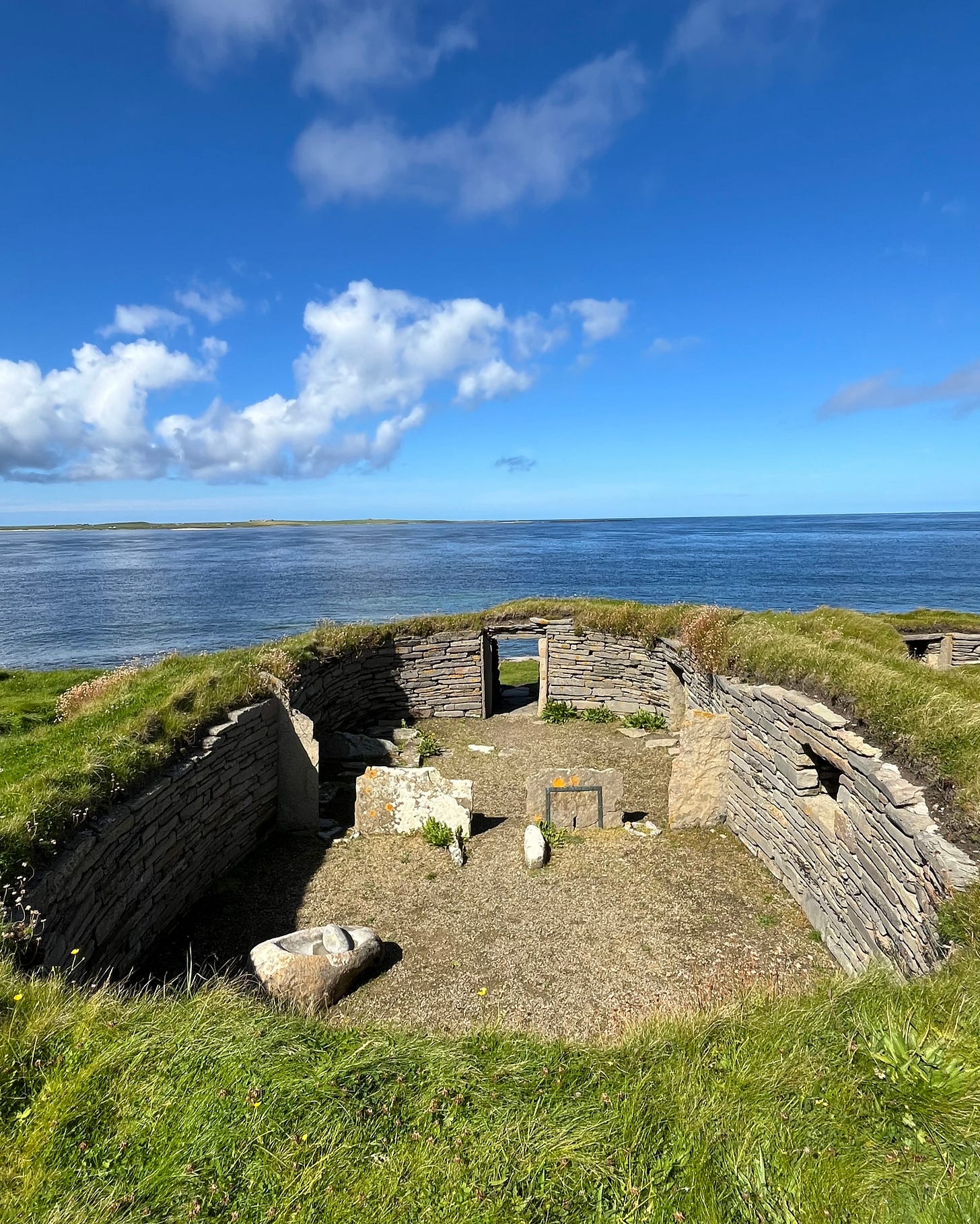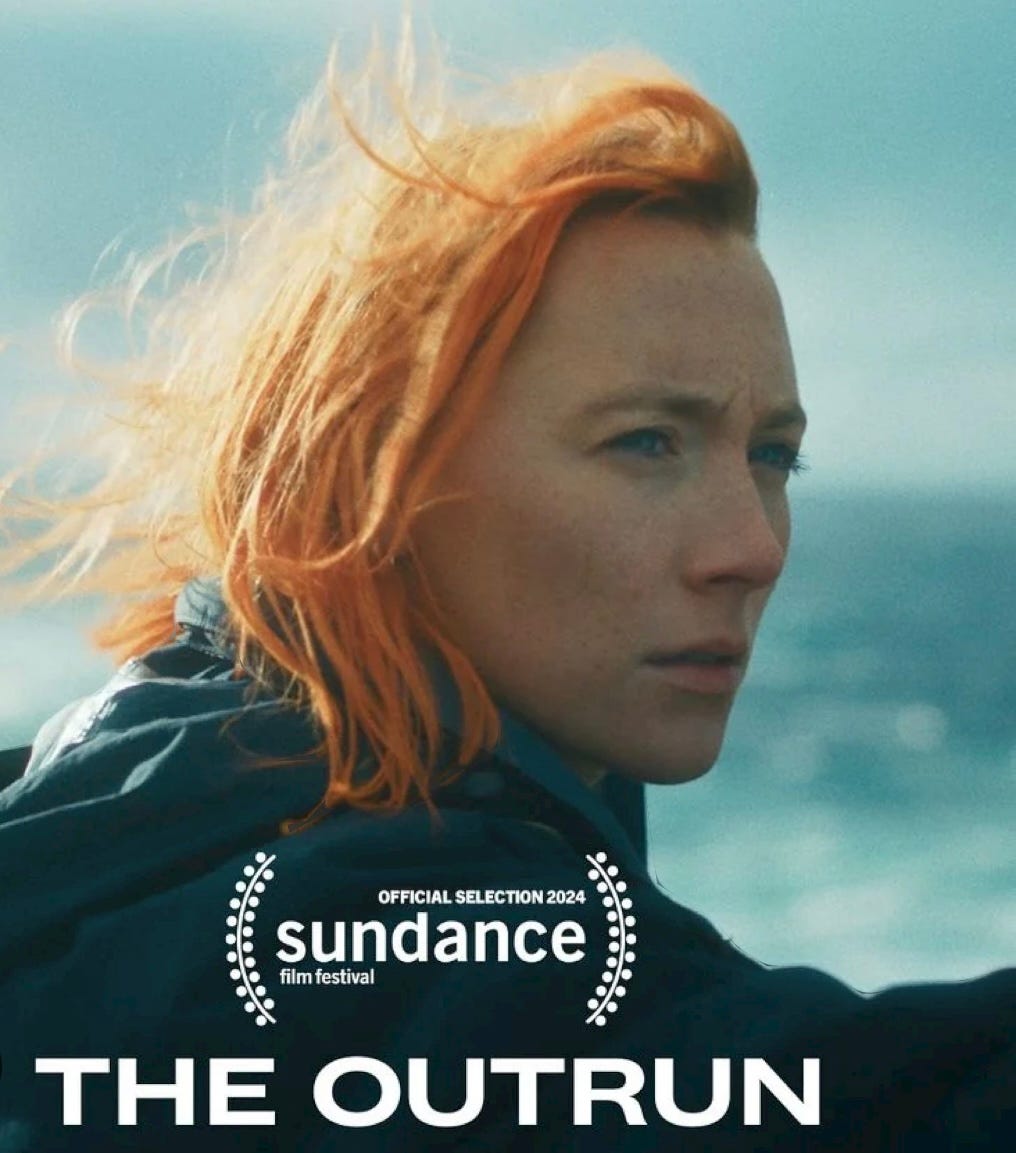As I expect most of you will know, the film of Amy Liptrot’s powerful memoir of rehabilitation in the beauty of Orkney, is released this week.
I feel I am fortunate in that I secured tickets to see the film before its general release with a special Q&A, and I have spent a glorious day in Papa Westray - or Papøy or Papay as it’s known in Orkney- where the film was shot.
The whole experience of visiting this tiny island with a huge heart was breathtaking; from climbing into an 6 seater plane, seated behind the pilot, to staring into the
clearest azure waters watching crabs scuttling across the sea bed in the tranquil calmness of a perfect summer day.
With a total area of 3.5 miles and a population of just 90, the island is situated next to Westray and is just under forty miles away from mainland Orkney, as the crow flies, taking 21 minutes to fly or just over two hours on the ferry. The island is one of the most northerly of the Orkneys, often cut off from mainland supplies in stormy weather meaning that community is everything.
The island has two archaeological sites of significance: the knap of Howar which is the oldest of the dwelling places in both the Orkneys and Northern Europe.(Mentioned previously on my blog,) and the remains of St. Treadwell’s Chapel, which I am blogging about on my publisher, moon books’ new website next month.
The story of Outrun is based on Amy Liptrot’s bestselling memoir of her recovery from alcoholism. Played out on the big screen & with someone else playing the part of her, Liptrot says was “like looking into a weird mirror.” Indeed I can only imagine that it must be a surreal experience watching parts of your intimate life played out on the big screen. Liptrot feels that actress Saoirse Ronan captured her essence in the few outtakes she watched.
The film is partly set in London where Liptrot went to university, and of course Orkney. There are of course, comparisons and it is obvious to the viewer that the hectic glitzy haven where anything is possible - and available - is part of the reason for the character Rona’s decent into the bottom of a bottle. Her relationship with her father and his mental illness, however, is another emotive reason. Some scenes are heartbreakingly painful to watch, especially as the viewer can almost experience Rona’s feeling of total inadequacy and helplessness.
In the film, the landscape is an ever present strong, steadfast character that, almost parents Rona back from the abyss. The beauty and power of the sea is interwoven with folktales of Selkies and Finmen, personifying the character of Orkney as a being so much more powerful ( in Liptrot and Rona’s eyes,) than the god, Rona’s mum prays to every day.
It’s true, The film is a story of redemption through the power of nature, but it, like life, is not as simple or straightforward as that. The story for the character Rona is never done, as with any addiction, it never really leaves you entirely. There is a strong sense of hope, but it is as realistic and painfully honest as Liptrot is throughout her book.
The film’s brutal truth is perhaps meant as a “weird mirror” for all of us to look into once in a while. Only then when we accept ourselves as we are, and change can only come from inside, as the AA (Alcoholics Anonymous,) mantra goes.








